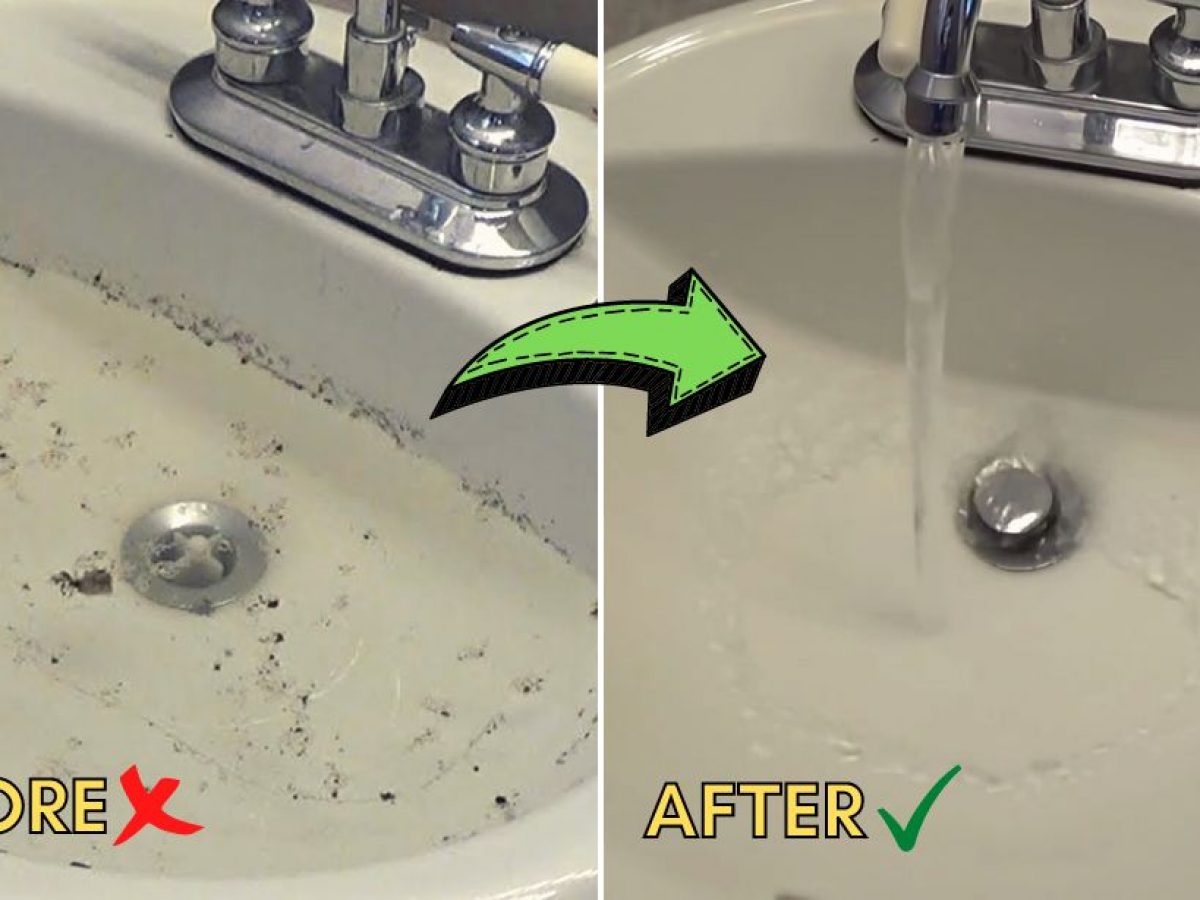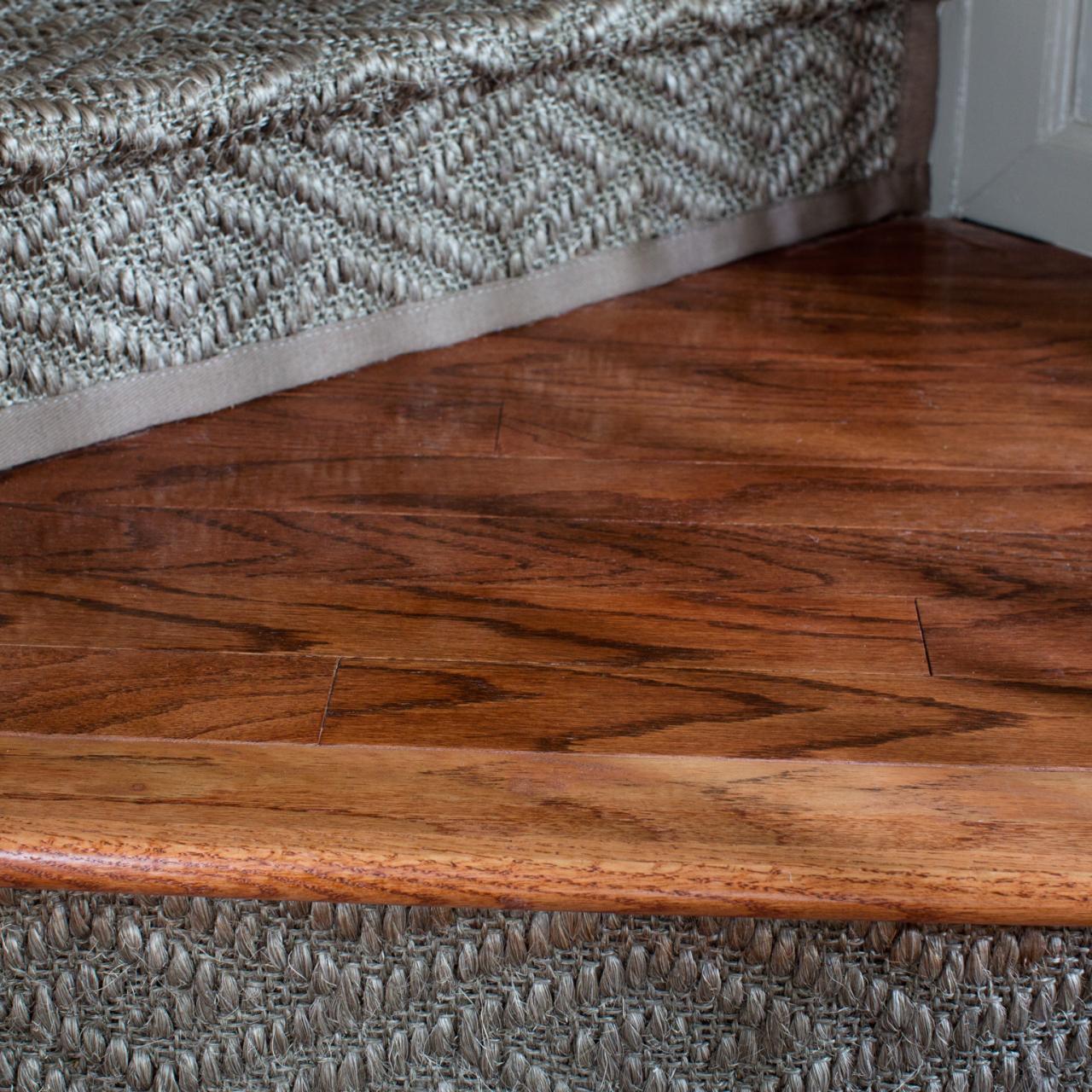
Sink drains can sometimes become a headache, especially when they’re clogged, causing water to pool and slow down drainage. Here’s a guide on how to unclog your bathroom sink drain efficiently, saving you time and frustration.
Identifying the Problem
First things first, it’s essential to identify the cause of the clog. Is it caused by hair, soap scum, or a combination of both? By determining the source of the blockage, you can tailor your unclogging method accordingly. If you’re unsure, removing the stopper or drain cover can provide insight into what’s causing the obstruction.
Gathering Necessary Tools
Before diving into unclogging, gather the necessary tools. You’ll likely need a plunger, a drain snake or auger, baking soda, vinegar, and a pair of rubber gloves. These tools will help you tackle different types of clogs effectively, whether they’re minor or more stubborn.
Using a Plunger
A plunger is often the first line of defense against bathroom sink clogs. Ensure there’s enough water in the sink to cover the rubber portion of the plunger, then place it over the drain and push and pull forcefully several times. The suction created by the plunger can dislodge minor clogs, allowing water to flow freely again.
Employing a Drain Snake or Auger
For more stubborn clogs that the plunger can’t handle, a drain snake or auger can be highly effective. Insert the snake into the drain and twist it clockwise while pushing it forward. This action helps break up and remove the blockage, restoring proper drainage. Be cautious not to damage the pipes with excessive force.
DIY Solutions with Baking Soda and Vinegar
If you prefer a more natural approach, consider using a combination of baking soda and vinegar to unclog your sink drain. Start by pouring boiling water down the drain to loosen any grease or debris. Then, pour half a cup of baking soda followed by one cup of vinegar. Let the mixture fizz for about 15 minutes before flushing it with hot water.
Removing and Cleaning the Stopper
Sometimes, the clog may be located near the stopper or within the drain assembly itself. Remove the stopper or drain cover and clean it thoroughly, removing any hair or debris that may have accumulated. Use a flashlight to inspect the drain and remove any visible blockages with a pair of tweezers or a wire hanger.
Seeking Professional Help
If your efforts to unclog the sink drain are unsuccessful or if you’re uncomfortable tackling the problem yourself, don’t hesitate to seek professional help. Experienced plumbers have the tools and expertise to diagnose and resolve even the most stubborn clogs safely and efficiently.
Preventing Future Clogs
Once you’ve successfully unclogged your bathroom sink drain, it’s essential to take preventive measures to avoid future clogs. Consider using a drain strainer to catch hair and debris before they enter the drain, and avoid pouring grease or oil down the sink, as they can solidify and cause blockages over time.
Testing the Drain
After unclogging the sink drain, run hot water to test the drainage. If the water flows freely without pooling or backing up, congratulations – you’ve successfully tackled the clog! However, if the problem persists, it may indicate a more significant issue that requires professional attention.
Maintaining a Healthy Drain
Regular maintenance is key to keeping your bathroom sink drain clear and flowing smoothly. Make it a habit to clean the drain stopper and flush the drain with hot water regularly to prevent buildup. By staying proactive, you can minimize the chances of encountering clogs in the future and ensure your sink drains efficiently for years to come. Read more about unclog bathroom sink drain



:max_bytes(150000):strip_icc()/design-moves-for-acozy-home-GettyImages-1390277049-cd7965771eff490a934e378ce21ef499.jpg)